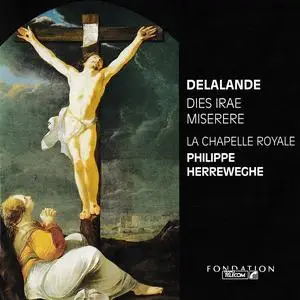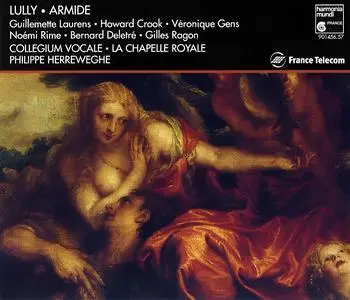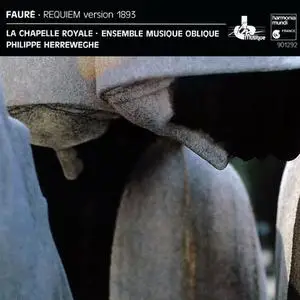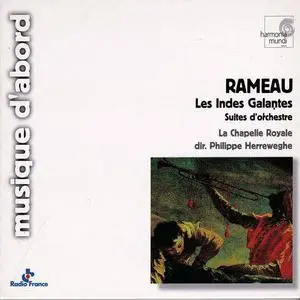Philippe Herreweghe, La Chapelle Royale - Michel-Richard de Lalande: Dies Irae, Miserere (1991)
EAC | FLAC | Image (Cue & Log) ~ 300 Mb | Total time: 62:22 | Scans included
Classical | Label: Harmonia mundi | # HMC 901352 | Recorded: 1990
EAC | FLAC | Image (Cue & Log) ~ 300 Mb | Total time: 62:22 | Scans included
Classical | Label: Harmonia mundi | # HMC 901352 | Recorded: 1990
Originally composed for the funeral of the dauphine, Princess Marie-Anne-Christine-Victoire of Bavaria, on May 1, 1690, this remarkable setting of Dies irae was revised in 1711, either because of the dauphin's death, or that of Lalande's two daughters, both distinguished sopranos ; all died from smallpox within a period of six weeks. Lully's setting of Dies irae, for the death of the queen in 1683, had shown the possibilities of this text as a grand motet for soloists, choirs and orchestra. But it was Lalande, seven years later, who developed the concept, and produced a much more striking result - perhaps the first setting of Dies irae in the history of music where the composer exploited in such dramatic style the contrasts inherent in the 18 rhyming stanzas and final couplet of this 13th-century poem.





![Lumieres - La musique du XVIIIeme siecle (29 CD), Part 03 [2011]](https://pixhost.icu/avaxhome/62/29/00432962_medium.jpg)

